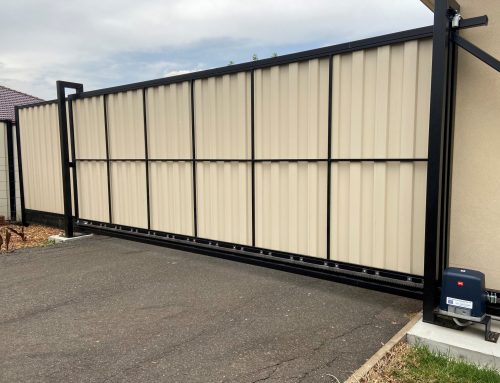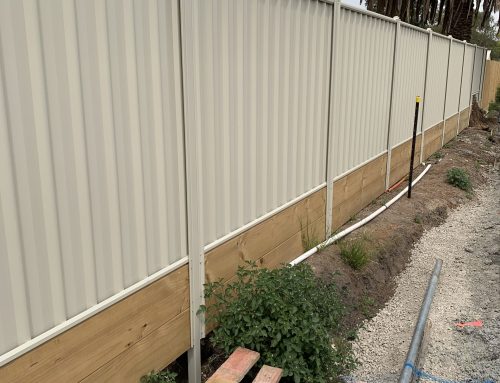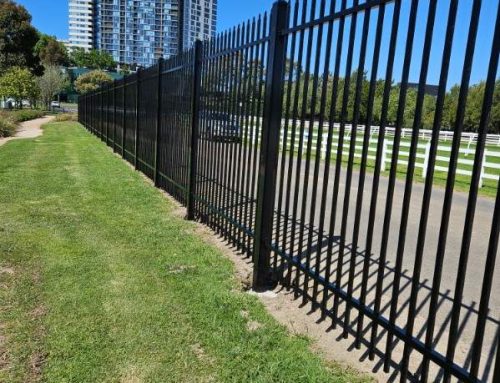Electric Fences Have Been Around For A Long Time. How Did It All Start?
Before electric fences were able to exists, we needed to have electricity. When asking ‘who invented the electricity’, the word “invented” might not be the best one to use as electricity has always existed in nature. We should use the word “discovered” instead and so we shall.
When you Google search “who invented electricity”, the most popular answer would most likely be Benjamin Franklin. Yet some people would argue that his experiments only helped to create a link between lightning and electricity, and nothing more.
Discovering electricity might go back as much as to 600BC, when Ancient Greeks were rubbing fur on amber and that caused an attraction between the two creating static electricity. In addition to those discoveries, researchers and archeologists discovered back in 1930s pots that had sheets of copper inside them, and they are believed to have been ancient batteries to produce light ancient Roman cites. Fascinating indeed!
In the 17th century, the Latin word “electricus” found its use, when English physician William Gilbert, used it to describe the force that was exerted when they were rubbed against each other.
A century later, in 1752, Ben Franklin was the man, who experimented with a kite, a key and a storm. With his experiment he was able to prove that lightning and tiny electric sparks were actually the same thing.
The following development of electricity followed:
1. Alessandro Volta, and Italian physicist, constructed in 1800 a voltaic pile that produced a steady electric current.
2. In 1831, Michael Faraday, created an electric dynamo, which was a key change for electricity in technology, as his invention enabled to generate an electricity in an ongoin and practical way.
3. In about 1878, American Thomas Edison and British scientist Joseph Swan invented the incandescent filament light bulb in their respective countries.
4. Later in the 19th century, beginning of the 20th century, Serbian American engineer slash inventor, Nikola Tesla, played a big role in inventing commercial electricity.
There were many other events that took place during those years that contributed to the birth of electricity, but we’ll stop there as we are here to talk about the birth of the electric fences!
Let’s see how far back in history we have to go to find out when was the first electric fence invented.
We can define an electric fence as a barrier that people use, most often in an agricultural fencing, or any other form of animal control because the way electric fences work is that they use an electric shock to deter animals, and even people, from crossing the boundary. The voltage of the shock varies. It can be just a weak one only causing a little bit of discomfort, but it can also be very strong and cause even death. Therefore be very careful around the electric fences as you never know how strong the voltage is.
When looking back in history, we can see that there were several books published that mentioned in one form or another something similar to electric fence. Some of them are below:
1. Chapter 7 of Domestic Manners of the Americans by Fanny Trollope (1832) – Describes an arrangement of wires that were connected with an electrical machine to protect a display.
2. Chapter 22 of Jules Verne‘s 20,000 Leagues Under the Sea (1870) – Describes the use of electrification of a structure as a defensive weapon.
3. Mark Twain‘s novel A Connecticut Yankee in King Arthur’s Court (1889) – Describes the usage of an electric fence as a defensive purposes.
There are many good examples of using electric shock, or electric fences more specifically as a defensive weapon. But let’s find out when did people start to use electric fences as a more commercial invention, for their animals per say.
Going back as early as 1930s, in the United States, people started to use electric fences to control their livestock. And later on electric fencing technology was developed in the Unites States, and our neighbour country, New Zealand.
An New Zealand inventor, Bill Gallagher, played an important role, when between 1936- 1937 he invented an early application of the electric fence to control the livestock. The first “electric fence” that he built was made out of car ignition trembler coil set, and he needed that to protect his horse from scratching itself against his car. Seeing the success of the invention, he later on improved the design.
Years later, in 1962, also a New Zealand inventor, Doug Phillips, invented the non-shortable electric fence that was based on capacitor discharge. His invention allowed to increase the range of an electric fence. It could go as far as 35km! Phillips patented it in 1964 and it was manufactured by Plastic Products. Why is this important to know? Because thanks to that, ceramic insulators were later on replaced by plastic insulators that are nowadays used on farms everywhere in the world.
Good invention keeps on improving all the time. And that has happened to electric fences as well. They have seen many improvements over the years, and few of them are mentioned below:
1. Beginning of the 1960s – Polyethylene insulators replace the porcelain insulators
2. Improving the electrical design of the fence energizer
3. Many changes in laws that regulated certain types of fences. For example prohibiting electric fences to enter into the cities. E.g Texas in US.
4. High tensile wire introduction (1970s in New Zealand, 1980s in US)
We mentioned just a few, but that shows that over the years electric fences have made an improvement, and being used a lot, especially in agricultural fencing, it is certain that electric fences will keep on improving as they have proved to be very useful, and cheaper options to handle your livestock.
If you have more question about electric fences, or any other steel fencing applications, just contact Diamond Fence, and we’ll be able to advise.
For Diamond Fence’s fencing solutions give us a call (03) 9753 4566, shoot us an email on info@diamondfence.com.au , or just get a FREE online quote.








